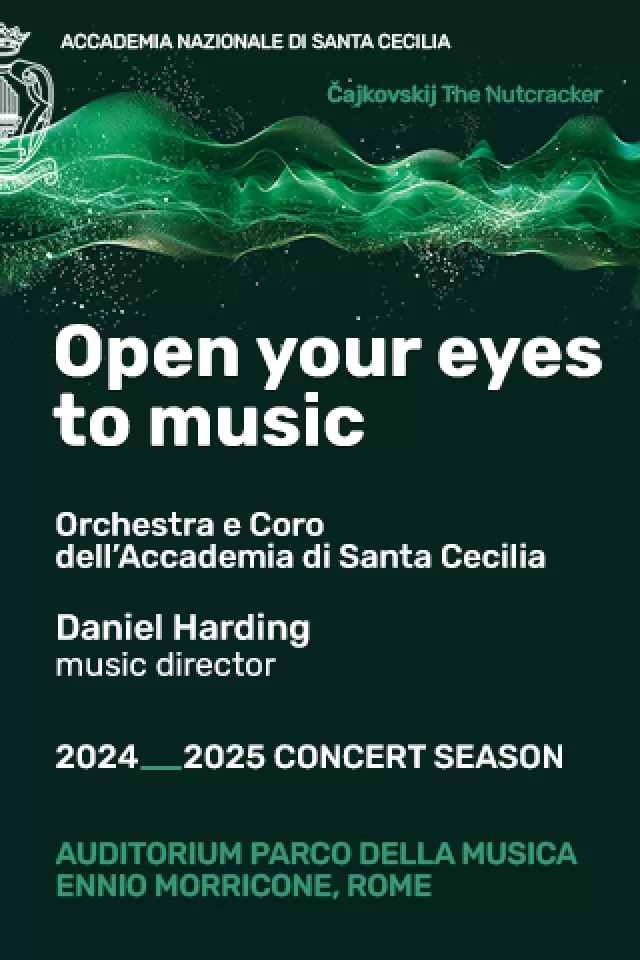In the Bay of Lerici and Versilia.
Though the Romantic poets each found their way to Italy in their own time, and each for their own reasons, what drew them here, instead of to Spain or Greece, was Italys rich sense of pathos. Accurate or not, this vision of Italy as a place of unfettered emotion, of passion, of perception and sensation undimmed by the cultural fog of English propriety has been passed down through the English tradition for centuries. Probably beginning long before Spensers Faery Queene was inflected with Ariostos Orlando Furioso, long even before Petrarchs exquisitely cruel sonnets of unattainable love influenced Wyatt and the other sonneteers, Italy has been the land of great virtue, and of great indulgence. Certainly, it was before Shakespeare penned his deeply pathetic Italian romance, Romeo and Juliet, or the more difficult Merchant of Venice that Italy was the land of the tragic affair.
Perhaps it is simply because Italy has been depicted thus to the English, and by the English, that the Romantics came to see it as a beautiful, almost wild place. They were, after all, a rather melodramatic crowd. But perhaps there is some rich sense of the emotionally possible from its most terrifying to its most transcendent in the imaginative tapestry of Italy itself, woven by the Italian artists depictions of the Passion of Christ, or even before that, enfolding into Italian culture the Roman poet Ovids versions of the mythic stories of lovers, of would-be lovers, of jealousy, of betrayal. Perhaps it is even in Berninis own rendering of the myth of Apollo and Daphne that it is made so affecting, the swift-footed Apollo, cloth billowing out behind him as he reaches out and touches the horror-stricken Daphne. As she looks up through her own hand, which is sprouting delicate twigs and exquisitely rendered sprays of laurel leaf, whether she is more terrified of being caught by the nimble god, or of escaping him by her fathers means of changing her into a tree, is left unsettlingly ambiguous. The murderers kiss, the strangers sacrifice, the steep cost of love, the even steeper cost of ambition, the rise and fall of Empire, or of a single man, is part of this imaginative life. And certainly, not only were the English Romantic poets drawn to Italy by this sense of Italy as a place of great pathos, they have themselves, by their lives and by their deaths, become an inextricable part of it.
In the work of Edith Schloss, this tradition is both kept alive and utterly transformed. In her renderings of myth, she is of a piece with those artists who have been moved by Ovids tales of seduction before her; and in her still-lifes and landscapes painted near Shelleys home on the Bay of Lerici, she captures the almost sacred tranquility of a place so full of ghosts. But in this work, Edith finds not the violent emotions and grand gestures of so many artists depictions of myth or even of modern Italy. Rather, with a light touch and a careful eye, she manages to make the eternal appear fleeting, and manages to capture the fleeting and hold it, like preserving a reflection in a pool of water.
In her watercolors, especially, Schloss has managed to make her medium do what almost no other painter I admire has managed. In watercolor, she is able to make the substantive appear ethereal, and the ethereal becomes visceral, present. In her painting of three goddesses, their forms are practically subsumed by their auras. In her depiction of two mythical lovers in a moment of ecstasy, the page seems to swell with their thrill at first touching each other, seems to fill with the very atmosphere of play and pleasure, while the bodies themselves are shown as only the merest outline of form, more an echo of the bodys movement, more a memory of where the body has been than a body itself.
I have seen no artist since Matisse who is so able to make a whole body, in all its intricate detail, felt with only an outline of form. I believe Schloss understands something about physicality which eludes most painters that it is not the body itself that so captures the human imagination as it is the use of the body. Her renderings of the human form, therefore, are always a record of its uses, its movements, its passages through time and space. The substantive body is subsumed by the fleeting afterimage of a body in motion, or the sensation of a body in use. And where some artists (Schiele and Picasso come to mind) have sketched love-making with a kind of schoolboys obsession for graphic detail, Edith Schlosss sketches of love-making are at once poignant and frank, bodies rendered candidly, but always gently.
In this way, not only does this painter breathe life into myth, showing us how contemporary and relevant these stories of love and betrayal still are, how moved we still are by their pathos, but she also breathes myth into life. There is always a danger in painting, especially with watercolor, that reality will lose its harsher definitions and appear in a sort of rosy soft-focus. With enormous grace, Edith Schloss has again and again risked sentimentality to show us what we must see: the ways in which all life, even the most everyday normal life, is the stuff of myth, of drama, of tragedy, of poetry. In her work, an island with a lighthouse on it becomes a symbol of continuity, appearing over and over, and perhaps even a symbol of memory, marking a place as that place and no other, the place where Shelley died, the place where, over the course of a lifetime, Edith Schloss has visited and revisited, painted and repainted.
But Schloss is equally at home in oil, building paint onto canvas in rich, vivid colors and scenes of immense vitality. Here, her intuitive understanding of this very different medium brings out a very different side of her work. There is an almost graffiti-like quality to these paintings, in which symbol and repetition play an important role. They are almost frescoes, if one can imagine such a thing in paint, Schloss builds herself a wall and, into that wall, she builds a story. They are substantial, but again, their substantiveness serves as a way of preserving the impossible-to-hold: movement, memory, love, and the nature of experience. And here, more so even than in her watercolors, the myths she chooses, and the scenes from the myths that Schloss returns to again and again reveal themselves, here, as a kind of personal symbolism, rich with individual meaning.
It takes enormous courage, as an artist and as a person, to allow oneself to be so affected by the world, and even more courage to attempt to translate that experience into art. But, beyond even that courage, it takes a considerable talent to make art that transmits that singular experience of the world into whomever happens to be fortunate enough to be the onlooker.
This is a gift that most of us who make art spend our whole lives searching for, cultivating, even coveting. And it is a gift that in this body of work, it is very clear that Edith Schloss has realized very fully. One does not have to have been a Romantic poet, or indeed even a poet at all; and one does not have to have lived or died in Italy, or indeed ever have been to Italy at all to wholly grasp the importance of these paintings. But if one happens to be a poet, or happens to have lived in Italy, I am very pleased to say, their beauty and their significance are just that much more marvelous to behold.
Craig Arnold is poet-in-residence at the American Academy in Rome. His first book, Shells, won the Yale Younger Poets Prize in 1998.
His partner, Rebecca Lindenberg, is an American poet whose poetry and criticism have appeared in the publications Barrow Street, the Colorado Review and the Western Humanities Review. She spent the previous two years as a vice-presidential scholar at the University of Utah in the United States.
In the Bay of Lerici and Versilia. Still-life and myth-life. Paintings from the sixties until now. By Edith Schloss. 31 Jan-28 Feb. The Keats-Shelley House. Piazza di Spagna 26, tel. 066784235. Mon-Fri 09.00-11.00, 15.00-17.45. Sat 11.00-14.00, 15.00-17.45. Admission to the Keats-Shelley House is 3.50.


















